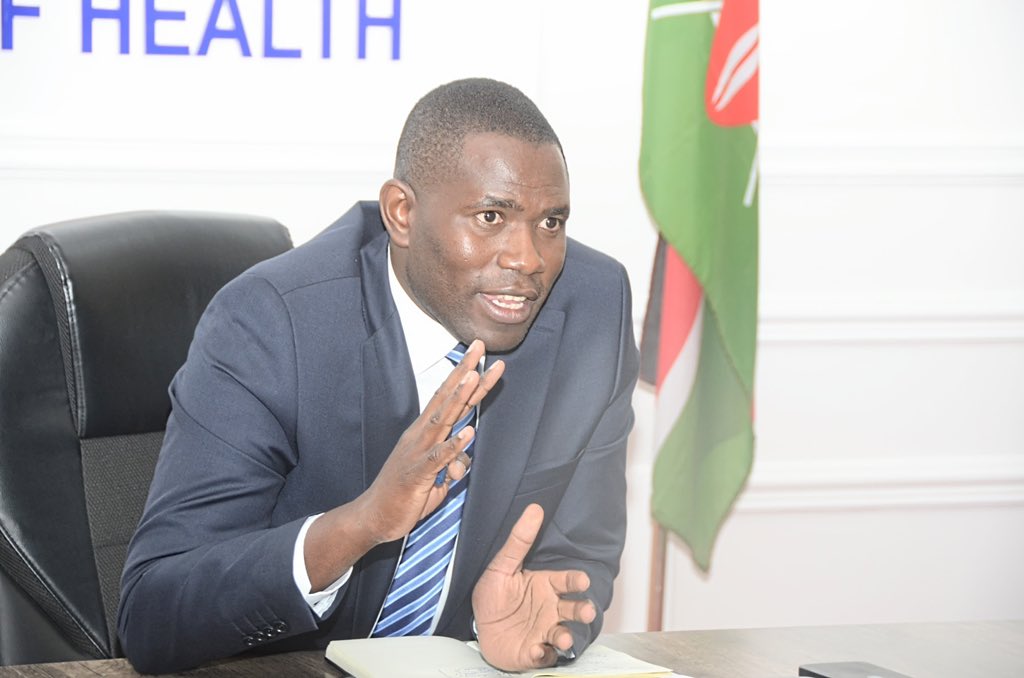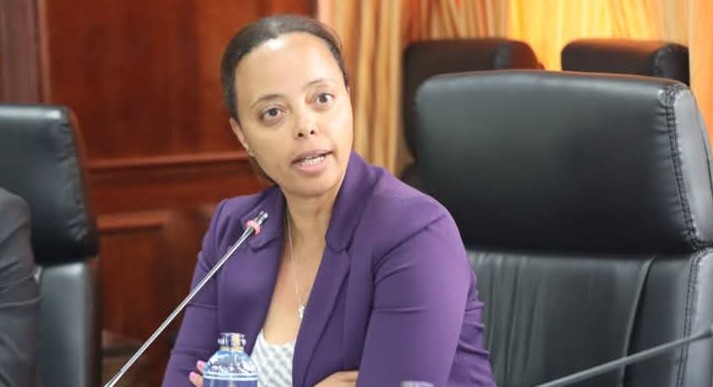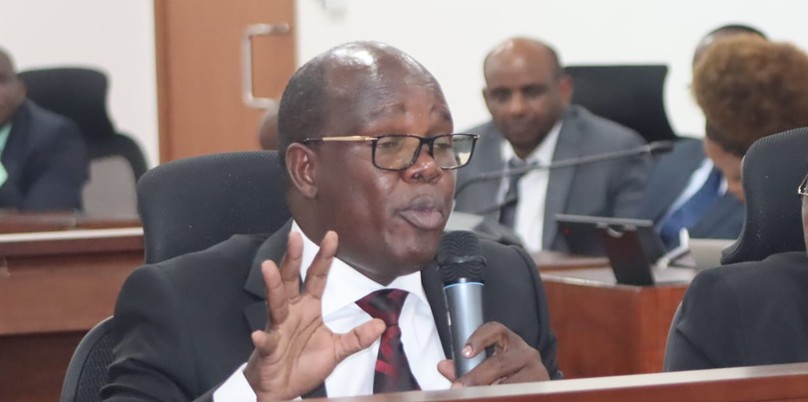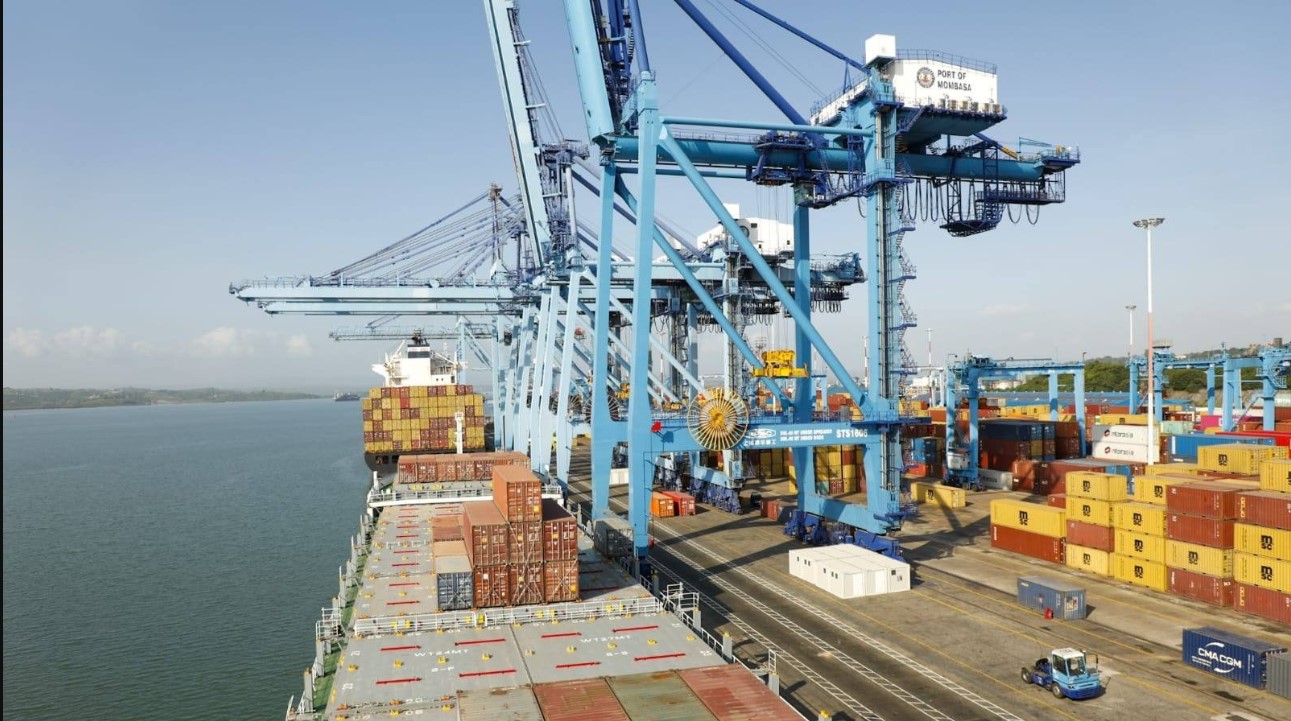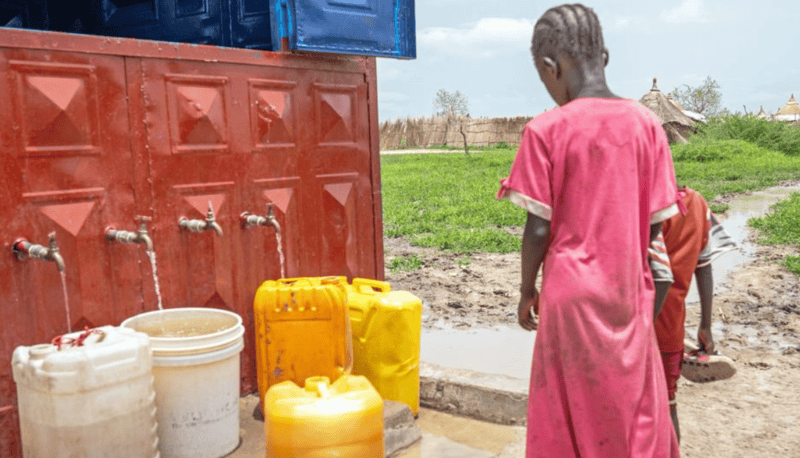Masinga Dam waters levels to remain at record high in May
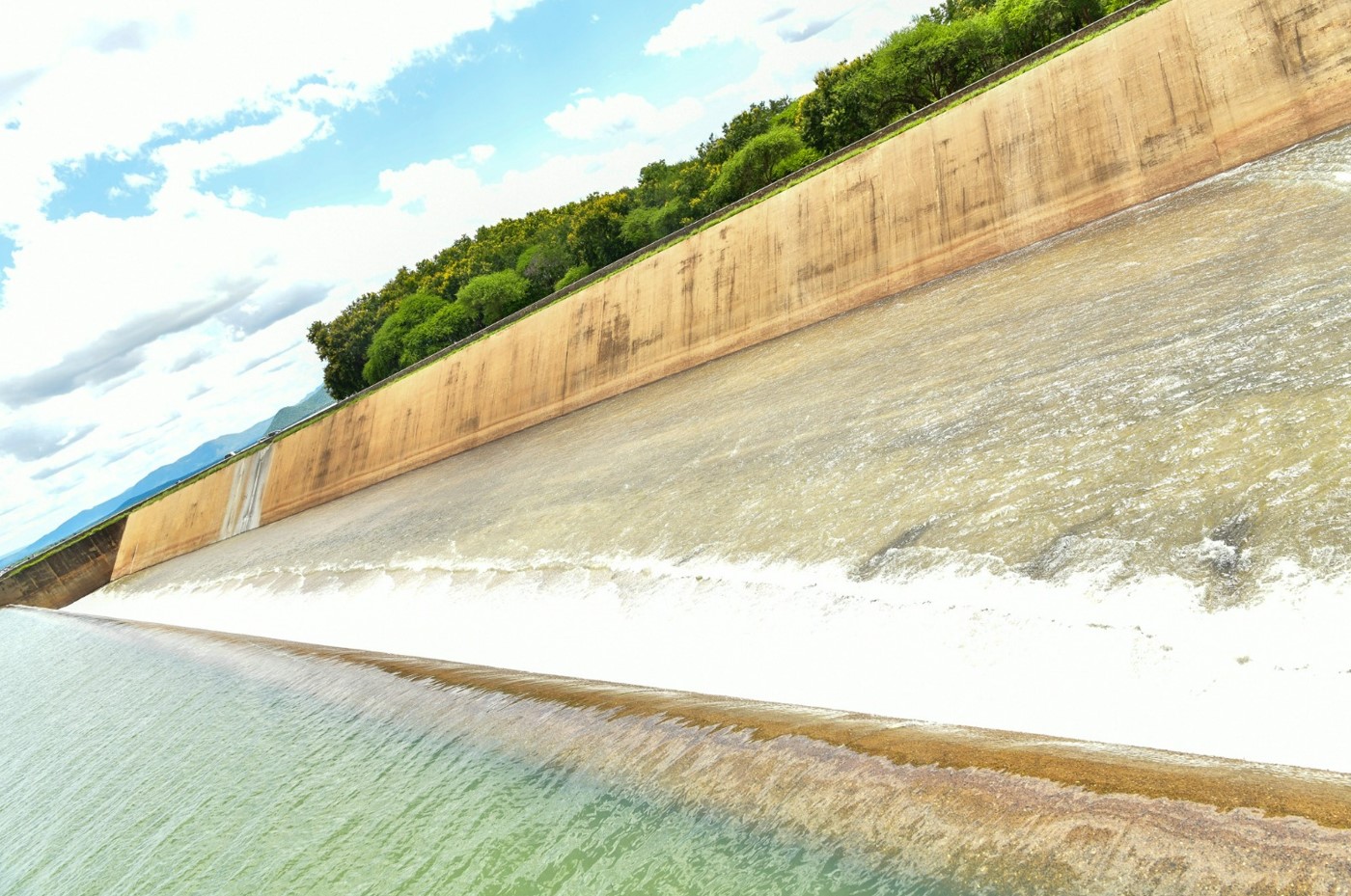
With the high volume of water at Masinga Dan, KenGen says it has accelerated power generation.
KenGen, Kenya’s leading electricity generation company in the Eastern Africa region, says that its water levels will remain high for most parts of May 2024 as the ongoing rains persist.
On Thursday morning, the water level at Masinga, in the Seven Forks Cascade, was 1,058.22 metres above sea level, against a full supply level of 1,056.50 metres.
More To Read
- African cities aren’t doing enough to adapt to climate change: Lessons from Durban and Harare
- KenGen targets 200MW wind power in Marsabit to curb rising hunger for energy
- Electricity consumption surges, pushing Kenya’s grid to record levels
- Bill seeks to mandate outage plans to prevent Kenya’s costly blackouts
- Met warns of heavy rains, flood risks in central highlands, western and coastal Kenya
- Africa urges wealthy nations for $50 billion annual climate support amid rising crises
According to KenGen, this season has seen Masinga rise to the highest level recorded in history, surpassing 1,058.13 registered in May 2020.
“This upsurge is attributed to a significant increase in the amount of water currently flowing into the dams, averaging more than 850 m3 per second over the last week, caused by heavy rainfall in the dams’ catchment area,” KenGen said in a statement on Thursday.
KenGen added that all its large hydropower dams in the Seven Forks have reached full supply capacity, holding a combined volume of more than 2.6 billion cubic metres against a total flow from the River Tana estimated at five (5) billion cubic metres.
“The Seven Forks dams hold the bulk of the water flowing from River Tana, way more than half the volume, which would otherwise be flooding areas downstream of the dams, thereby reducing the damage caused by the ongoing rains,” KenGen’s Managing Director and CEO, Eng. Peter Njenga, said, adding that other dams in the Seven Forks Cascade are Kamburu, Gitaru, Kindaruma, and Kiambere.
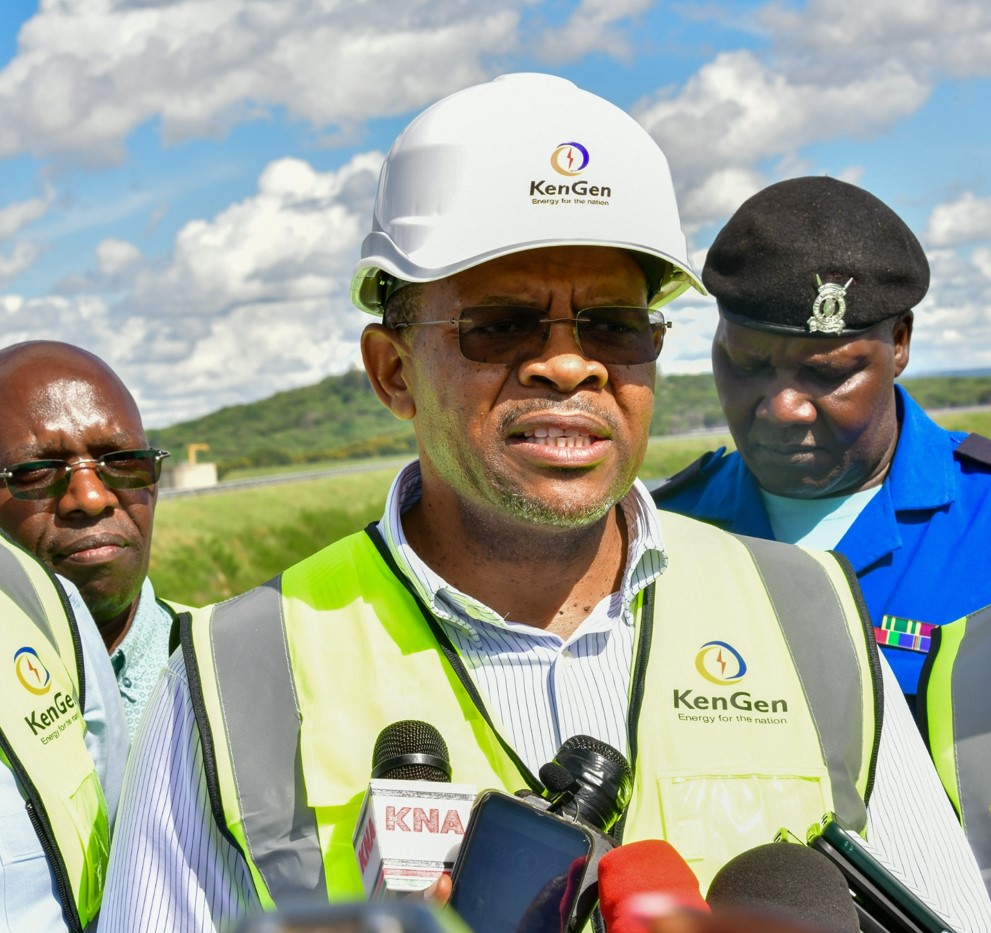 KenGen’s Managing Director and CEO Peter Njenga addressing the media at a past presser. (Photo: KenGen)
KenGen’s Managing Director and CEO Peter Njenga addressing the media at a past presser. (Photo: KenGen)KenGen’s Managing Director and CEO, Eng. Peter Njenga addressing the media at a past presser. (Photo: KenGen)
The engineer, however, reiterated that the dams were safe as they were built to withstand high water pressures.
“We constantly monitor our dams’ structure and wish to assure all Kenyans that the dam safety measures we have put in place, along with our disaster preparedness help, allay the risks of the water breaching the walls of the dams,” he said.
He watered-down reports that they were at risk of bursting, posing a threat to locals who stay along the Athi River.
Nonetheless, KenGen, in November last year, warmed communities living near the dams and rivers to relocate after predicting that the Masinga Dam would overflow in April this year.
With the high volume of water at Masinga Dan, KenGen says it has accelerated power generation, and Kenyans are reaping big as token prices continue to reduce.
The Energy and Petroleum Regulatory Authority (EPRA) stated on April 29, 204, that KenGen’s hydro contributed 36.5 per cent while geothermal accounted for 32 per cent boosting its share to more than 70 per cent of the total power consumed in Kenya.
This is against a peak demand of 2,033 MW.
“As projected by the Kenya Meteorological Department, the rains are likely to last until the end of May, yet we need cheaper power for the entire year. This is why we are implementing a robust water management plan to enable us to supply hydropower all through the year to help stabilise the cost of electricity in Kenya,” said Eng. Njenga.
Top Stories Today
